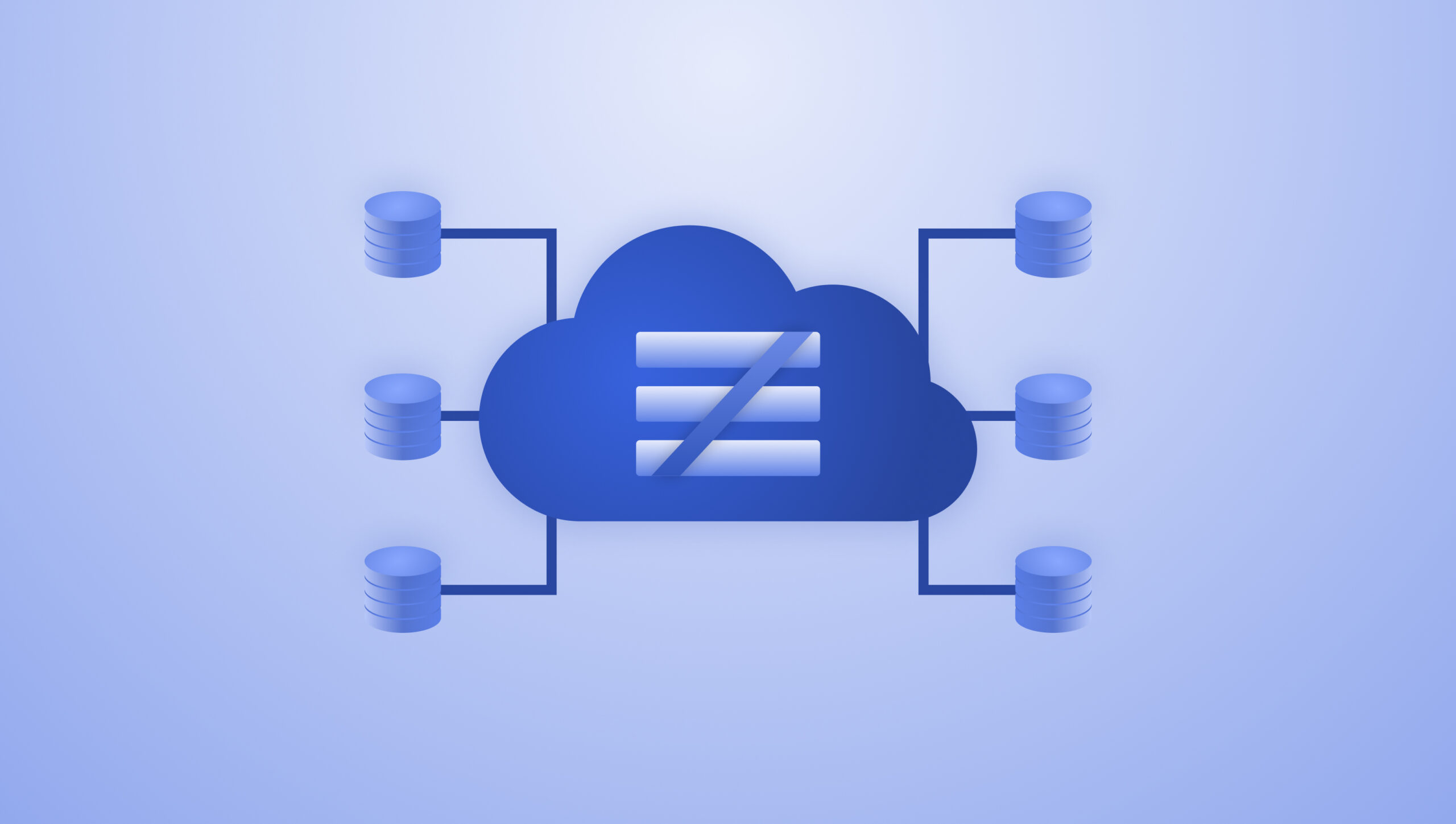To fully grasp your organization’s well-being and effectiveness, having data observability is crucial, especially as AI becomes more prevalent in 2024.
In this piece, we’ll delve into the workings of data observability and its parts, recognize its advantages in your company, and examine practical methods to utilize observable data. Keep reading to discover the significance of data observability.
What is Data Observability?
Data observability refers to your capacity to thoroughly comprehend, monitor, and oversee the quality, dependability, and efficiency of data across various data pipelines. It offers a transparent perspective of data flows to ensure their correctness and validity.
In essence, data observability is a proactive method for managing data that enables businesses to gain insights and identify issues within their data ecosystem. This can occur in real-time, aiding in improved decision-making.
Data observability facilitates the examination, diagnosis, and resolution of data inconsistencies within an organization’s information system. It also serves as a foundation for enhancing business intelligence. Here’s what data observability can unlock for your business:
- Accurate, real-time data insights
- Proactive identification of issues
- Streamlined data governance
- Reduced operational risk and improved operational efficiency
- Well-informed business strategies
In summary, the question might rather be, “What can’t be achieved with observable data?”
The 5 pillars of data observability
Data observability can be categorized into five primary pillars:
- Freshness
- Distribution
- Volume
- Schema
- Lineage
Freshness
Freshness pertains to the currency of data, indicating how recent and up-to-date the given data is at any given moment. This aspect allows businesses to monitor the latency of their data flow, ensuring that the information utilized for decision-making remains as current as possible.
Distribution
Distribution involves understanding how data is conveyed and moved across different data sources. This encompasses:
- Tracking the journey of data from its source to its destination.
- Identifying any potential bottlenecks or failures in the process.
Volume
Volume denotes the amount of data processed and stored by an organization. This pillar facilitates the monitoring of storage capacity and cost, as well as the identification of any scalability issues with data.
Schema
Schema refers to the structure and organization of data, encompassing its format, type, and relationships. This pillar aids in ensuring data consistency across various systems and detecting any discrepancies or errors.
Lineage
Lineage traces the history and origin of data, documenting its source and how it has been transformed over time. Understanding data lineage helps ascertain the reliability and accuracy of data, as well as identifying potential data quality issues.
Components & features of data observability
Now, let’s examine the essential elements constituting data observability:
Monitoring data quality
Monitoring data quality is the cornerstone of leveraging data observability to enhance your business. Through ongoing monitoring, your systems can detect inconsistencies and errors, thereby improving the accuracy and reliability of observable data.
- Regular checks for data quality
- Consistent validation of data accuracy
- Periodic identification of missing or incomplete data
- Continuous monitoring of data integrity
- Proactive identification of unusual data patterns
Tracing data lineage
Tracing data lineage is vital: it enables tracking the lifecycle of a data item, from its origin to its transformation, until it reaches a visualized state. Understanding how data moves and evolves within your organization can significantly impact your business strategy. With this capability, you’ll have:
- Data consolidated from multiple sources in one location
- Awareness of any changes made to the data
- Reliance on the accuracy and reliability of the information
- Ability to address potential issues more proactively
- In case of unexpected outcomes, engineers can efficiently examine the data’s path to identify pipeline problems with good data observability.
To streamline this process, utilize observability tools (such as those offered by Splunk) to establish data lineage. These tools help teams better understand how the resulting output was generated, allowing engineers to delve into operations at each workflow step.
Providing real-time visibility
Immediate visibility is essential for data observability. This capability allows real-time tracking of data as it progresses through the data pipeline, offering transparency into any emerging issues.
Here are some advantages of immediate visibility:
- Prompt detection and resolution of data interruptions
- Mitigation of potential business consequences
- Improved decision-making and analytics
- Proactive management of risks
- Effective troubleshooting of data problems
Maintaining data consistency
Maintaining consistency in your company’s data is crucial amid digital advancements. Data uniformity builds confidence in business process results, decision-making, and overall data dependability.
Utilizing data observability is the most effective method for ensuring consistent data. With it, you can:
- Proactively monitor data for possible disparities.
- Conduct regular checks to validate data consistency.
- Foster integration among various data sources to reinforce uniformity.
- Employ automation in data audits to uphold consistency.
Detecting anomalies & outliers
Detecting anomalies and outliers is a crucial aspect of data observability. Utilizing appropriate tools can illuminate unforeseen data discrepancies, streamline data flows, and minimize the influence of outliers on your overall analytics. With this capability, you can:
- Utilize advanced analytics for immediate anomaly detection.
- Harness machine learning to forecast and manage outliers.
- Set benchmarks for data patterns to quickly identify anomalies.
- Deploy automated notifications for notable deviations in data values.
- Take into account the effects of anomalies on data stream consistency.
- Give priority to rectifying data points flagged as outliers.
Benefits of data observability
Now, let’s delve into some advantages of implementing data observability in your organization:
Truly accurate, reliable data
With data observability, organizations can rely on accurate and trustworthy data for all decision-making processes. Enhanced data observability fosters confidence in data integrity throughout the organization.
Resultantly, there are several additional benefits in terms of reliability and accuracy:
- Decreasing data inconsistencies and errors
- Cultivating a culture of accessible data for all
- Recognizing and rectifying data irregularities
- Facilitating continual enhancements in data quality
- Smarter, preemptive decision-making
Smarter, proactive decision-making
With data observability, businesses gain the ability to make well-informed, proactive decisions. By continuously monitoring data flows, organizations can:
- Identify emerging trends
- Untangle complexities
- Forecast outcomes with precision
In decision-making, data observability provides immediate insights into business operations, predictive analytics for planning, and the ability to identify and address risks before they affect the business.
Operational Efficiency
Data observability significantly enhances operational efficiency by eliminating redundant processes, streamlining workflows, and expediting data-driven decision-making. Some ways it enhances operational efficiency include:
- Rapid detection and resolution of data issues
- Automation of manual tasks
- Enhanced collaboration between teams through the sharing of actionable insights
Actual data security & data governance
Through continuous monitoring and tracking, data observability bolsters the security of organizational data and ensures compliance with data governance regulations. Key contributions to data security and governance include:
- Real-time identification of potential security breaches
- Monitoring and auditing of all data movements for regulatory adherence
- Establishing transparency in data handling processes
Data Transparency
The ultimate objective of data observability is to provide transparency throughout the data lifecycle. Proper implementation enables a comprehensive view of data movements, transformations, and usage, facilitating:
- Better comprehension of data utilization across the organization
- Identification of potential process enhancements
- Enhanced collaboration and knowledge-sharing among teams
How to implement data observability
For effective implementation of observable data, you require three essentials: a thorough grasp of your data infrastructure, suitable tools and instrumentation, and monitoring systems that alert you to data inconsistencies.
Understand your data infrastructure
The initial step involves grasping your data infrastructure, encompassing data sources, pipeline movement, and storage locations.
- Catalog all organizational data sources.
- Recognize potential data pipeline vulnerabilities.
- Comprehend the interconnections among different data infrastructure components.
Adopting data observability provides a comprehensive view of your data infrastructure, ensuring seamless data flow and utilization.
Choose the right observability tools
Proceed by selecting tools tailored to your organizational requirements. Prioritize tools that seamlessly integrate with existing infrastructure and offer robust monitoring capabilities.
- Assess scalability for handling large data volumes.
- Ensure compatibility with both structured and unstructured data.
- Evaluate real-time monitoring features.
Set up monitoring & alerting systems
Finally, establish efficient monitoring systems to drive data-driven decision-making.
- Define critical data metrics and set threshold limits.
- Implement automated alerts for threshold breaches.
- Monitor real-time and historical data trends.
Monitoring systems empower swift identification and resolution of potential issues, bolstering data reliability and accuracy.
Best practices for data observability
Here are some recommended practices to ensure effective implementation of data observability within your organization:
Define key data quality metrics
Defining essential data quality metrics enables organizations to gauge and monitor data quality effectively. Key questions to address include:
- Completeness: What proportion of data is missing?
- Accuracy: How closely does the data align with reality?
- Consistency: Are there discrepancies among similar datasets?
Establishing these metrics ensures that businesses can pinpoint and resolve potential issues, minimizing the risk of inaccurate or incomplete data.
Foster a culture of data accessibility
Data observability necessitates involvement and collaboration across all organizational teams. Encouraging a culture of data accessibility ensures that everyone can access data insights and contribute to enhancing data quality and accuracy. This involves:
- Providing training on data interpretation for non-technical team members.
- Promoting data-driven decision-making at all organizational levels.
Establish clear data governance policies
Establishing robust data governance policies embeds transparency into the organizational framework. A comprehensive policy framework outlines data management standards, mechanisms for issue reporting, and auditing procedures. It’s essential to involve all stakeholders in policy creation to ensure alignment and buy-in.
Regularly audit data pipelines
Regular audits of data pipelines are crucial for maintaining their functionality. They enable early detection of bottlenecks, leading to swift resolution and streamlined operations. Regular audits ensure smooth data pipeline processes and facilitate seamless access to critical data points.
By prioritizing pipeline health, audits help identify deviations in data quality, fostering accurate business forecasting and data-driven decision-making.
Observability: the starting point for modern data operations
Data observability stands as a pivotal element in modern data governance and management. It offers comprehensive visibility into data lifecycles, aiding businesses in maintaining regulatory compliance, pinpointing areas for enhancement, and fostering informed decision-making.
Through thorough comprehension, appropriate tool selection, establishment of monitoring systems, and adherence to best practices, organizations can fully harness the advantages of data observability in their operations.





